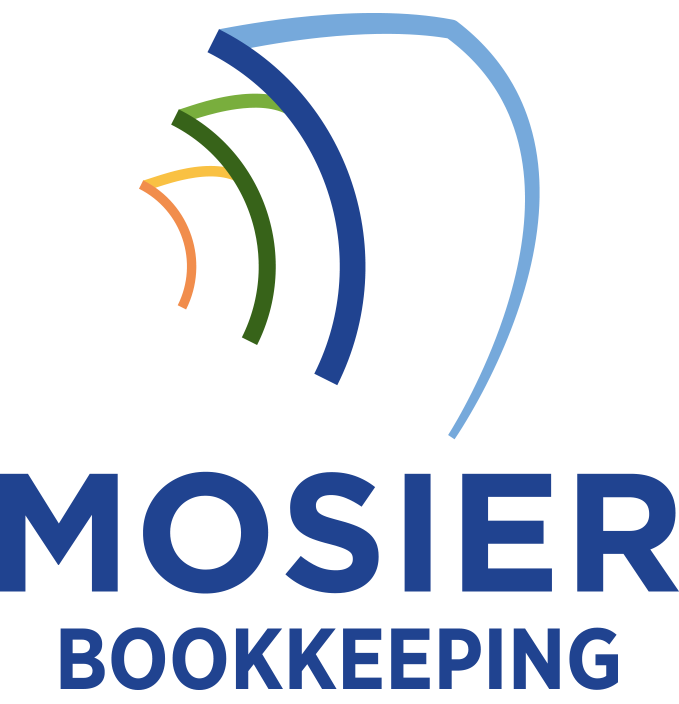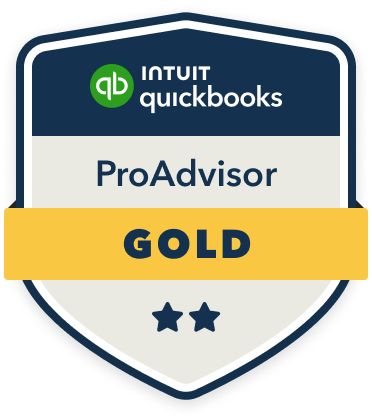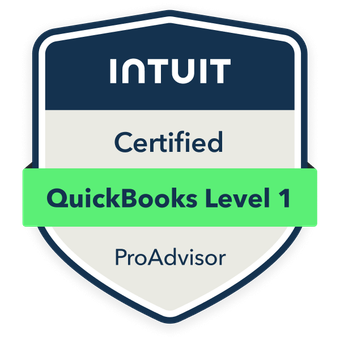Detailed bookkeeping provides essential insights for your strategic business planning by tracking key metrics like gross profit margins, operating cash flow, and revenue patterns. I’ll help you leverage your financial data to identify market opportunities, project future cash needs, and optimize resource allocation. By analyzing historical trends, seasonal variations, and customer payment behaviors, you’ll make data-driven decisions about growth initiatives and market expansion. Let’s explore how your bookkeeping data can transform into powerful strategic insights.
Understanding Your Financial Position Through Key Metrics

To effectively manage your business finances, you’ll need to track and analyze several key performance indicators that reveal your company’s financial health. I recommend focusing on metrics like gross profit margin, operating cash flow, accounts receivable turnover, and current ratio to gauge profitability and liquidity.
Leveraging Cash Flow Data for Growth Planning
I’ll show you how understanding your revenue flow patterns serves as a pivotal foundation for strategic growth planning. By analyzing cyclical trends, seasonal variations, and consistent revenue streams in your cash flow data, you’ll identify both opportunities and potential constraints that impact your expansion decisions. Your ability to accurately project future cash needs based on these historical patterns will help you prepare the necessary financial resources to fund your growth initiatives while maintaining operational stability.
Understanding Revenue Flow Patterns
Understanding how revenue flows through your business serves as a cornerstone for strategic growth planning. I recommend analyzing your revenue patterns across multiple timeframes to identify peak periods, seasonal fluctuations, and customer payment behaviors. By tracking these patterns, I’ll help you anticipate cash availability and optimize your resource allocation.
I’ve found that breaking down revenue streams by source, timing, and reliability enables you to make data-driven decisions about expansion opportunities. You’ll gain critical insights into which revenue channels deliver the highest ROI and where you should focus your growth initiatives. This strategic approach transforms your bookkeeping data into a powerful decision-making tool.
Projecting Future Cash Needs
While historical revenue data provides valuable insights, projecting future cash needs requires a sophisticated analysis of multiple business variables. I’ll help you identify key factors that drive your cash requirements, including seasonal fluctuations, planned expansions, and market dynamics.
I recommend creating detailed cash flow forecasts that factor in accounts receivable timing, inventory investments, and operational expenses. By analyzing your working capital cycle, I’ll show you how to anticipate funding gaps and optimize your cash position. This strategic approach empowers you to make proactive decisions about financing, investments, and growth initiatives while maintaining strong liquidity.
Tracking Revenue Patterns to Identify Market Opportunities

When I analyze your sales growth trends, I’ll show you how to uncover hidden patterns that reveal which market segments are expanding most rapidly for your business. I can help you identify which products or services generate the highest profit margins by examining your revenue data across different time periods and customer segments. Through careful tracking of these revenue patterns, you’ll be equipped to make strategic decisions about where to focus your resources and which market opportunities warrant additional investment.
Analyzing Sales Growth Trends
Sales growth trends serve as critical indicators of your business’s market performance and competitive position. I analyze your year-over-year and quarter-over-quarter sales data to identify patterns in revenue acceleration or deceleration, helping you pinpoint what’s driving success or causing slowdowns.
I’ll show you how to break down sales growth by product lines, customer segments, and geographical regions. This granular analysis reveals which areas deserve more investment and which need strategic adjustments. By examining seasonal fluctuations and long-term trajectories, I’ll help you forecast future performance and make data-driven decisions about resource allocation and market expansion opportunities.
Targeting High-Margin Products
Strategic identification of high-margin products stands out as a key driver for maximizing profitability. I’ll show you how to leverage your bookkeeping data to target these profit champions in your portfolio.
| Product Type | Margin % | Action Required |
|---|---|---|
| Premium | 65-80% | Scale Up |
| Standard | 35-50% | Maintain |
| Basic | 15-25% | Phase Out |
I track each product’s contribution margin through detailed cost accounting. This helps me identify which items deserve increased marketing spend and expanded distribution. I’ll use this data to optimize your product mix, eliminate underperformers, and allocate resources to your highest-potential offerings.
Using Historical Data to Create Accurate Financial Forecasts
Historical financial data serves as the foundation for creating reliable forecasts that can guide your business decisions. I recommend analyzing at least three years of your financial records to identify patterns in revenue cycles, cost fluctuations, and profit margins. By examining these trends, I can help you project future performance with greater accuracy.
I’ll show you how to factor in seasonal variations, market conditions, and growth rates from your historical data. This enables you to create sophisticated financial models that account for both predictable patterns and potential variables. When I combine this analysis with current market insights, you’ll make more informed strategic decisions about resource allocation and expansion opportunities.
Measuring ROI Across Business Activities and Investments

Building on our analysis of historical data, measuring Return on Investment (ROI) offers a precise way to evaluate the effectiveness of your business decisions. I’ll help you calculate ROI across different areas to identify your most profitable activities.
| Activity Type | ROI Formula | Target Range |
|---|---|---|
| Marketing | (Revenue – Cost)/Cost | 300-500% |
| Equipment | Net Profit/Asset Cost | 15-25% |
| Personnel | Value Added/Salary | 200-300% |
I recommend tracking these metrics monthly. By identifying activities with the highest ROI, you’ll optimize resource allocation and eliminate underperforming investments. This data-driven approach puts you in control of your business’s financial future and maximizes profitability.
Aligning Financial Reports With Strategic Goals
Once you’ve established reliable ROI tracking systems, creating financial reports that directly reflect your strategic objectives becomes essential for sustainable growth. I recommend customizing your reporting structure to highlight key performance indicators that align with your core business goals.
I’ll show you how to integrate strategic milestones into your financial dashboards. Start by mapping each business objective to specific financial metrics. For example, if market expansion is your goal, structure your reports to track regional revenue growth, market penetration costs, and segment-specific profitability. This alignment enables you to make data-driven decisions that support your strategic vision.









